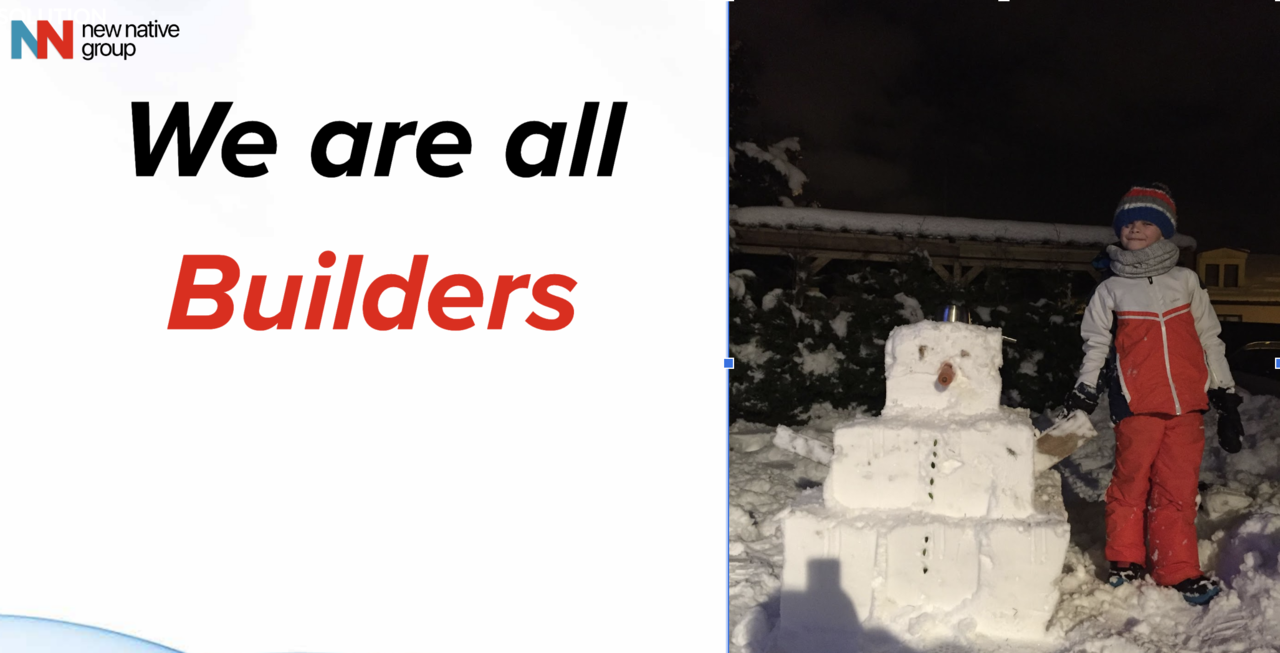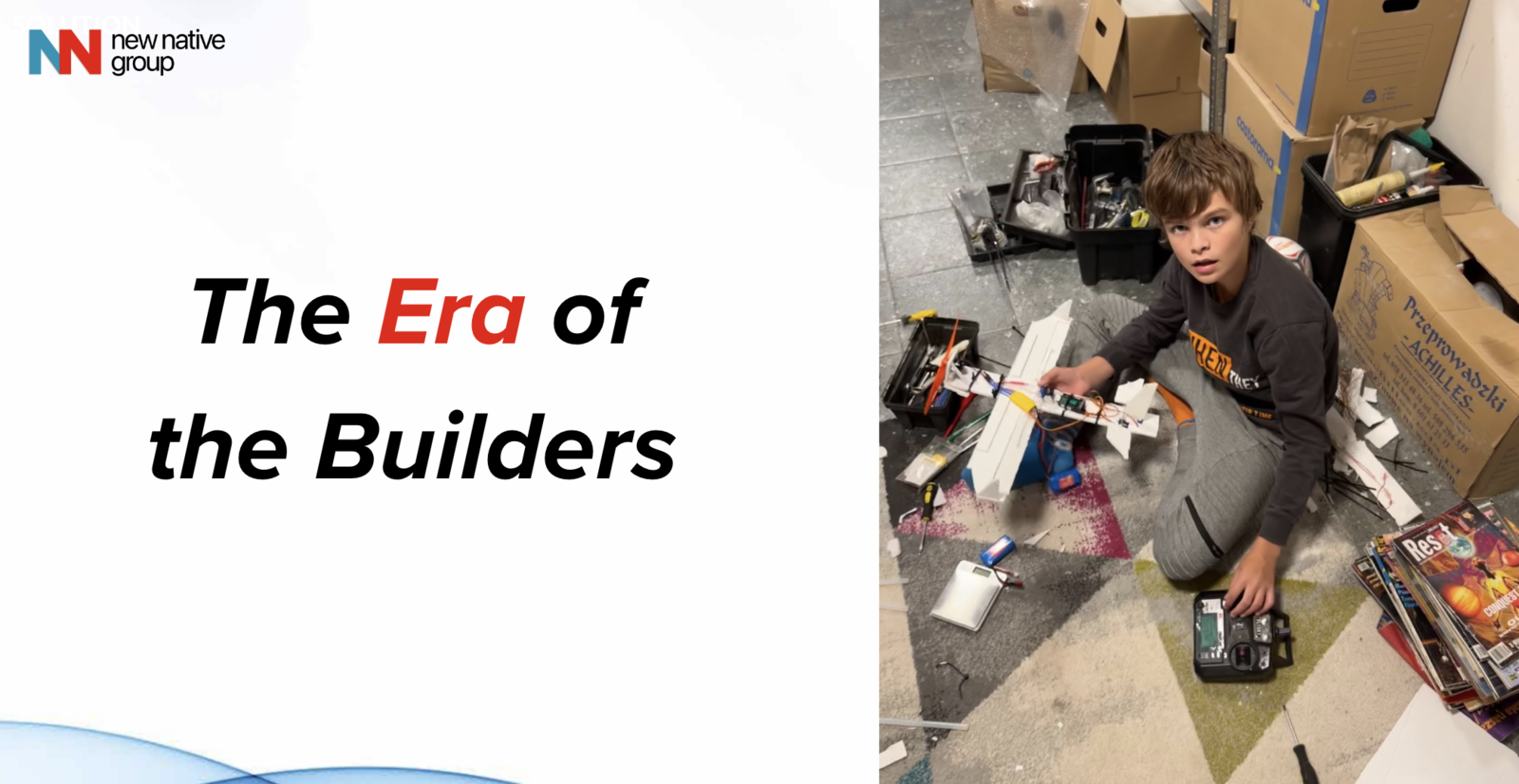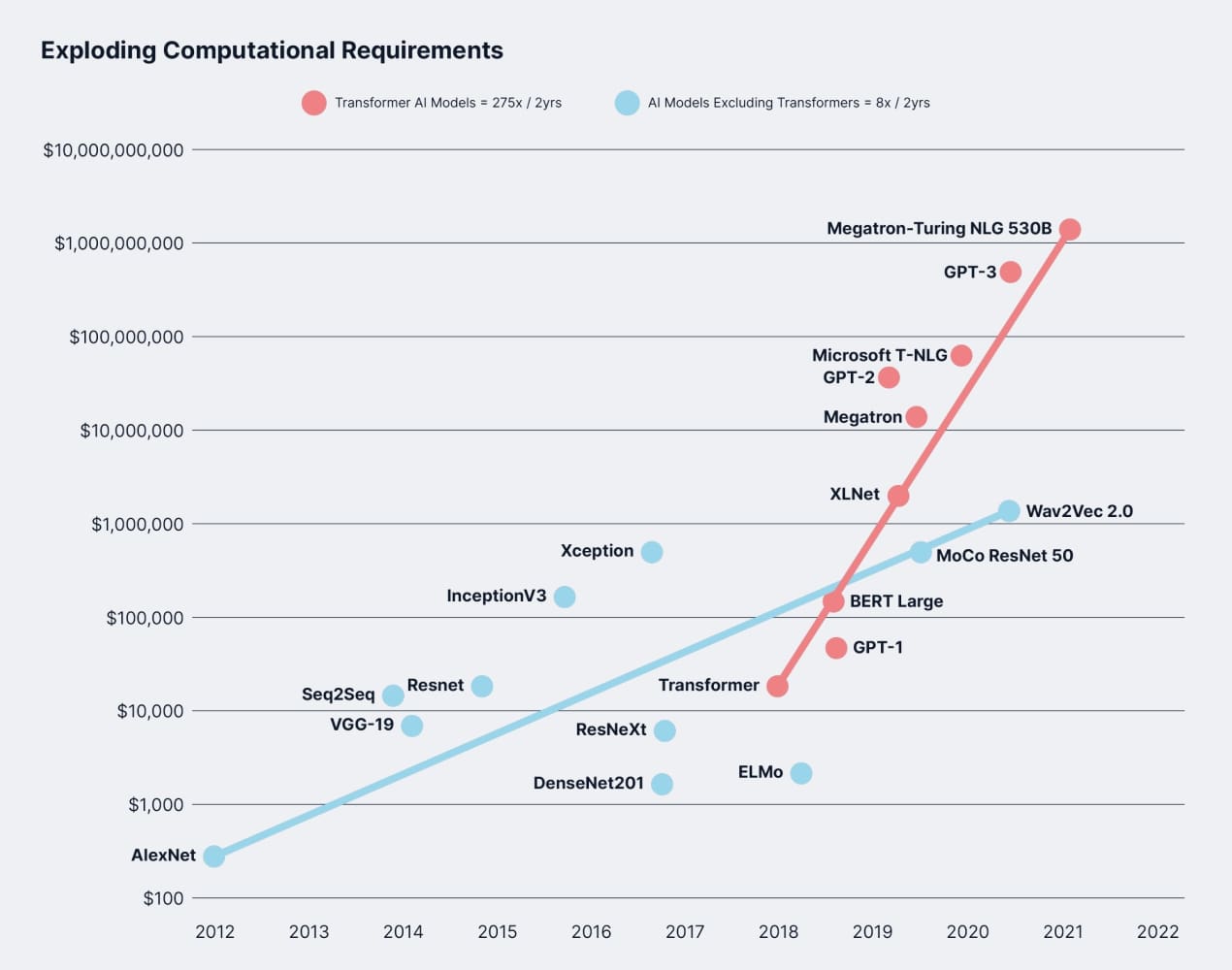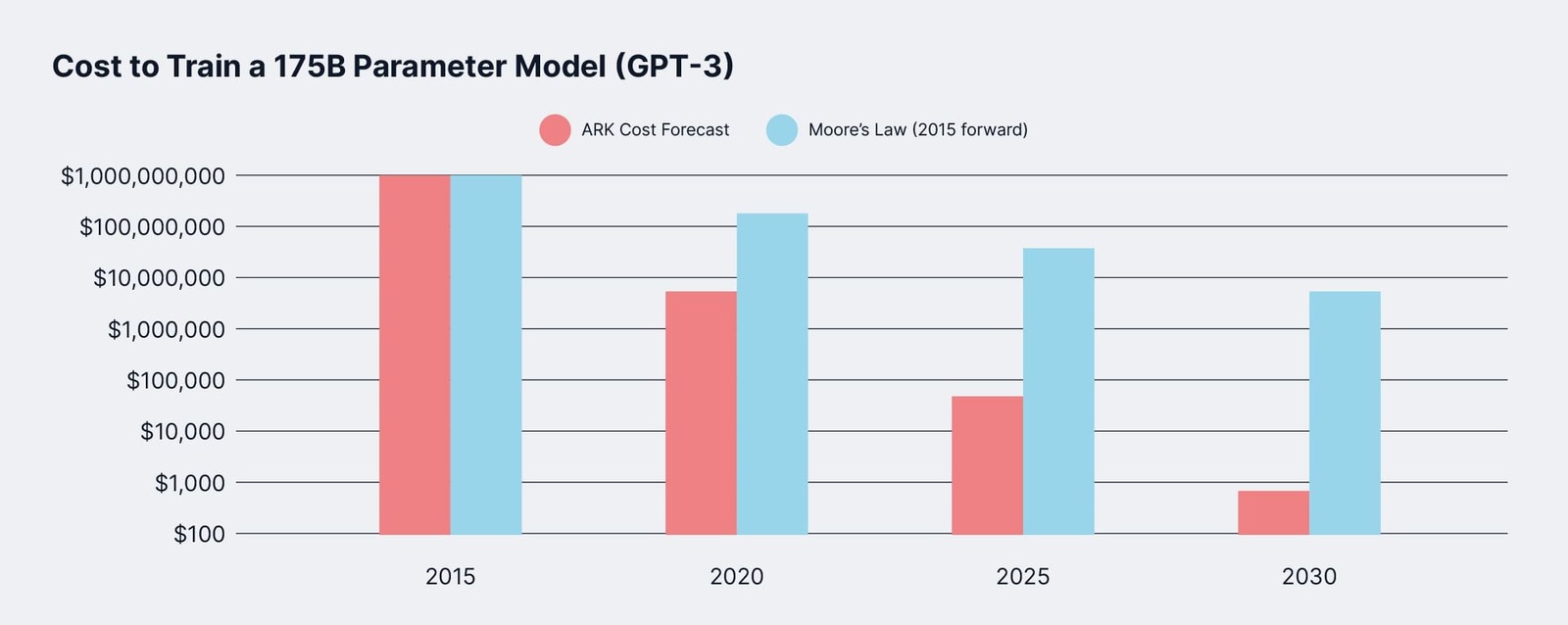The Era of the AI makers - Generative AI revolution
- Date
- Author
 Pawel Czech@czech_pawel
Pawel Czech@czech_pawel

At the forefront of this movement is generative artificial intelligence, a powerful tool that allows us to imagine and build in previously unimaginable ways. With generative AI, we can design and build entire cities, create groundbreaking new technologies, and even shape the very fabric of reality itself.

But this era is not just about technology; it’s about the people who use it. We are all builders, each with our unique talents and abilities. Some of us are architects, designing the structures that will house and support us. Others are engineers, working to create the technologies that will power our world. Still, others are artists and creators, using generative AI to bring their visions to life.

Together, we are all working towards a common goal: to build a better future. And in doing so, we are not only improving our own lives but also coming together as a global community to tackle some of the biggest challenges facing our world.
Whether we are working on solving climate change, creating new forms of energy, or developing revolutionary medical treatments, the Era of the Builders is a time of unprecedented opportunity. And as we continue to push the boundaries of what is possible, we are growing and evolving as individuals and as a society.

So let us embrace our inner builder, and work together to create a brighter, more prosperous future for all. For in this era of limitless innovation, the only frontier is our imagination – and with generative AI at our fingertips, the sky truly is the limit.
One of the big trends in AI is the emergence of transformers, which are the models behind Generative AI. Transformers quickly took over language AI, because their networks pay attention to multiple sentences, enabling them to grasp context and antecedents. The transformer engine’s secret sauce is its ability to dynamically choose what precision is needed for each layer in the neural network at each step in training a neural network. The least-precise units, the 8-bit floating point, can speed through their computations, but then produce 16-bit or 32-bit sums for the next layer if that’s the precision needed there.
The number of challenges transformers can take on continues to grow. However, transformers are among the biggest neural-network models in terms of the number of parameters involved and are growing much faster than other models, approaching trillion-parameter models very quickly. Bigger models need more computational resources especially for training, but also for operating in real-time as they often need to do. As an effect, the training needs of transformer models, grow 275-fold every two years, while the trend for all other models is 8-fold growth every two years. The graph below displays the growth in computational requirements by models.

The cost of training artificial intelligence (AI) models is falling at a rate that is twice as fast as Moore’s Law, according to new research that was conducted by OpenAI. The research found that the cost to train a model that is the size of the GPT-3 model fell from $875 million in 2015 to $4.6 million in 2020. This is a decline of 65% per year. OpenAI predicts that the cost of training AI models will continue to decline at a rate of four orders of magnitude and will reach a cost of only $500 by the year 2030. The research also found that the cost of training a neural network that is the same size as the human brain would have been $2.5 billion in the year 2021. However, this cost is expected to decline at a rate of 60% per year and will reach a cost of only $600,000 by the year 2030.

Several industries are targets for innovation regarding transformers. The reason why transforms has grown popular since 2017 is because it quickly can comprehend specific solutions to niche problems without having to retrain or recreate an entire base model. Three of the most active areas where transformers have been deployed can be found in voice assistance, graphic design, and code automation.
The voice assistance market is exploding. An Intelligent Virtual Assistant, or IVA, is an application program that understands natural language voice commands and completes tasks for the user. This technology incorporates elements of interactive voice response and other modern artificial intelligence projects to deliver full-fledged virtual identities that converse with users. IVAs are used in the customer service department for engaging customers by providing product-related information, bills, and payment, and guiding customers on transfers and navigation. Benefits of Intelligent Virtual Assistants include- de improving the overall online customer service experience, increasing sales, reducing costs, creating an effortless experience, and answering questions. The hike in the adoption of automation across various industries such as BFSI, retail, residential, and others has pushed the adoption of the IVA market. IVA finds extensive use in automation in customer services for gathering customer information, conversation, and customer satisfaction survey response analysis. The increasing demand for customer service automation is fuelling the market growth.The voice assistance market is estimated to currently be worth 9 billion dollars and growing to 52 billion dollars and a CAGR of 30% by 2028. One of the more promising models in the market is Whisper from OpenAI. Whisper is an automatic speech recognition (ASR) system that has been trained on 680,000 hours of multilingual and multitask supervised data collected from the web.
The use of such a large and diverse dataset leads to improved robustness to accents, background noise, and technical language. Moreover, it enables transcription in multiple languages, as well as translation from those languages into English. The developers of Whisper are open-sourcing models and inference code to serve as a foundation for building useful applications and for further research on robust speech processing.
The global graphic design industry is shifting. The design industry is quickly changing due to fast-paced innovation revolving around digital design tools. The market is estimated to grow by 3.7% in 2022 and span over 43.4 billion dollars in total size. However, graphical design tools are outgrowing the market dramatically, with models such as Dalle-2, Midjourney, and stable diffusion leading the way. These models are deep learning models based on the idea of a deep neural network and are designed to be able to learn complex tasks. The model has been used to successfully learn several tasks, including object recognition, language understanding, and even video game playing. The industry application is primarily as an interface between describing and executing existing design tasks, such as removing an object in an image or generating a completely new image from text. The digital design tool market is expected to grow at 10.1% annually at a current $4.2 billion market size.Code automation is being implemented across the field. One of the most promising application areas of transformers is code automation and augmentation. Applications use existing toolsets such as GitHub co-pilot or Open AI Codex to speed up the creation, modification, and testing of code. These models leverage hybrid semantic ML code completion that automatically generates code based on the meaning of the input and the structure of the code. A good example is Google's Transformer-ba- sed hybrid semantic ML code completion models that include natural language processing and knowledge representation. The implementation of this has led to a 6% increase in productivity across their development teams, at an estimated $1.89 billion increase in value.
Can I Build as well? Yes!
The best option is to join a community of AI Makers, building with state-of-the-art, modern Artificial Intelligence. You can join over 15 thousand other AI builders today. Whether you’re an AI/tech industry professional or just have a passion for game-changing artificial intelligence technologies, you’re welcome. At lablab, it is all about building a community of makers and innovators creating the AI native future.